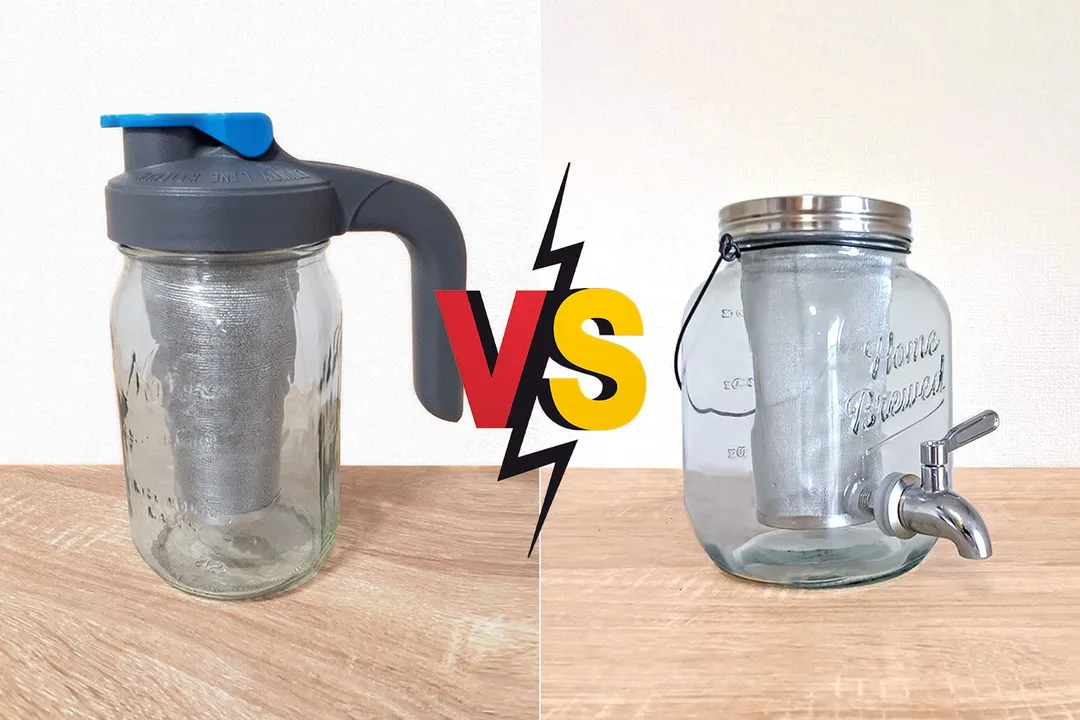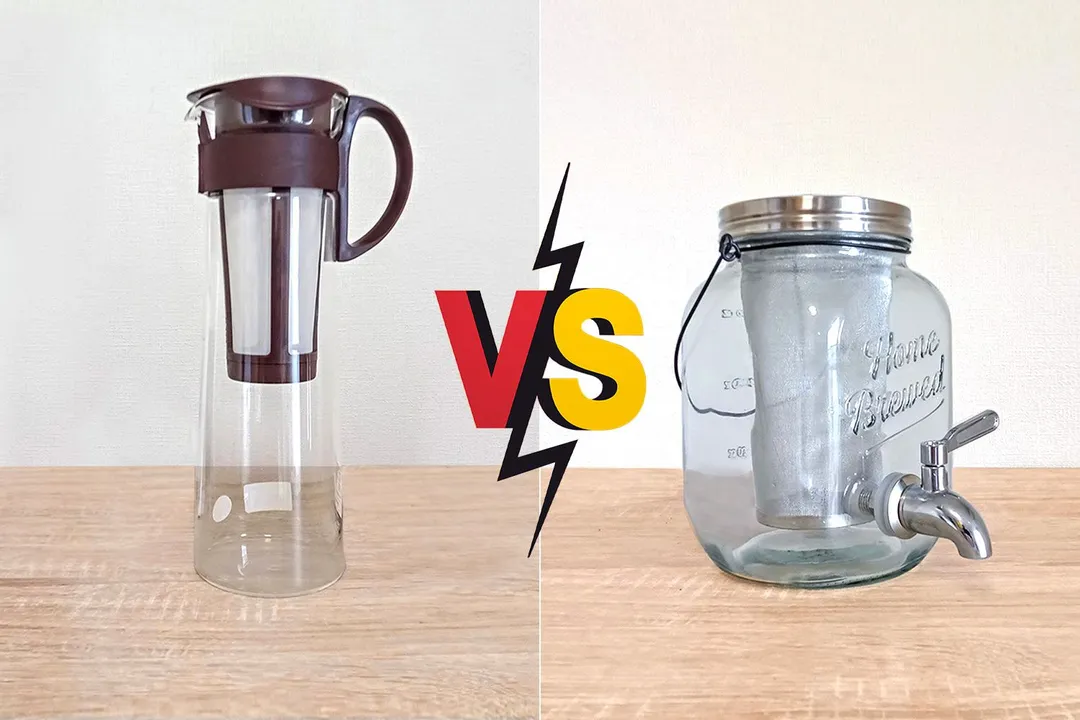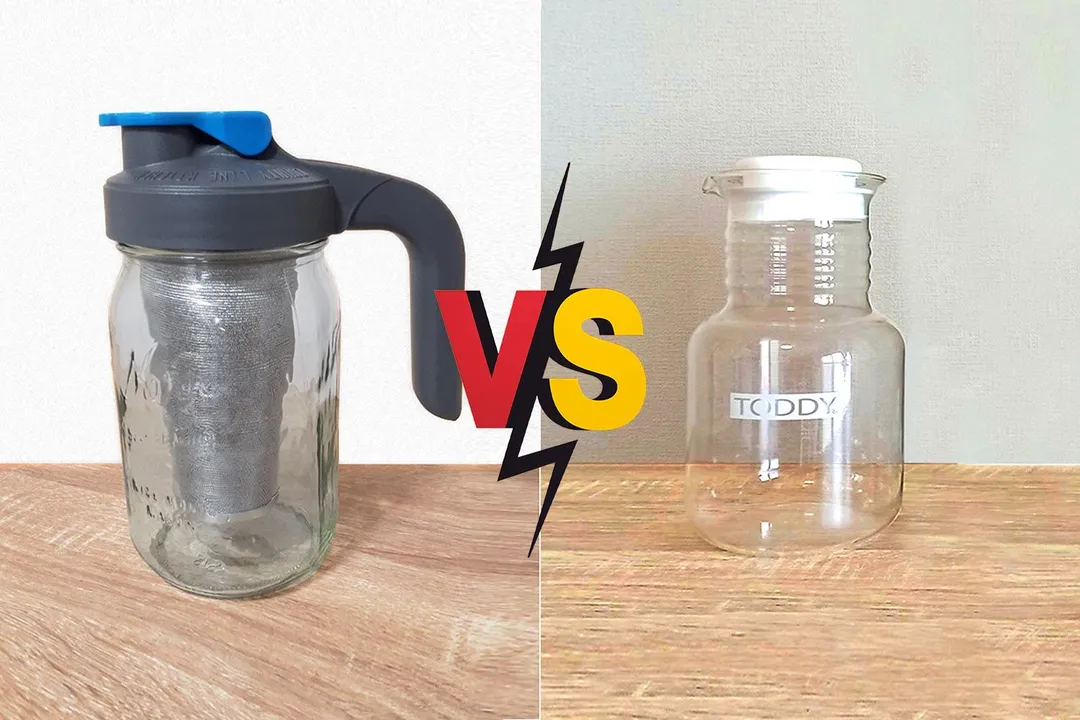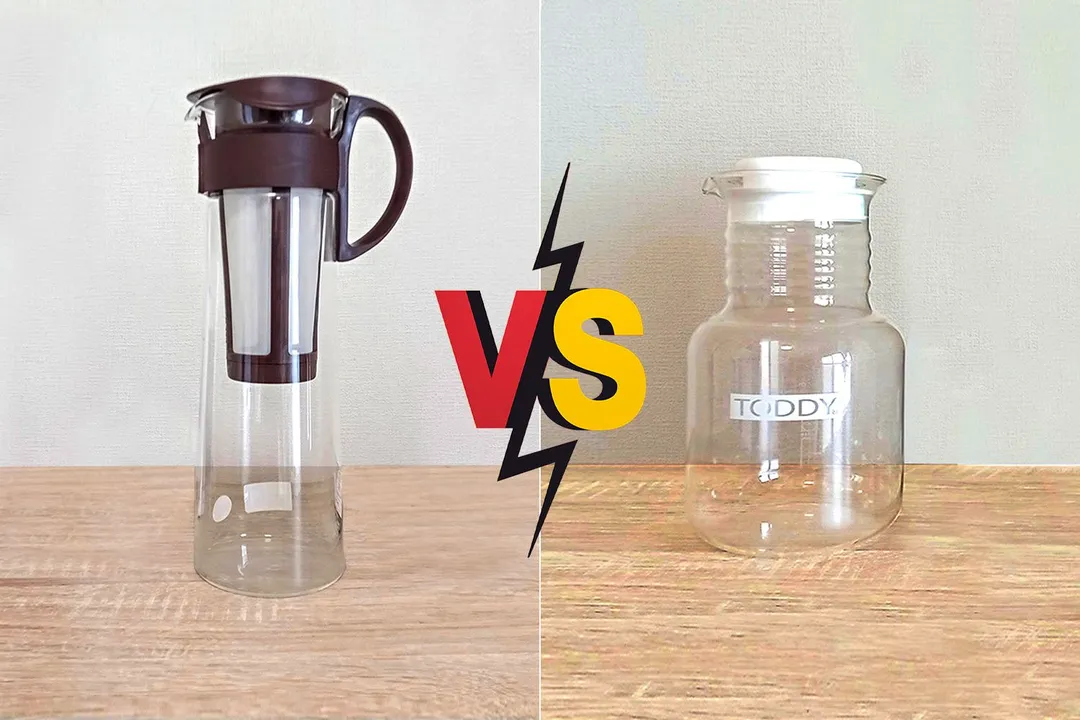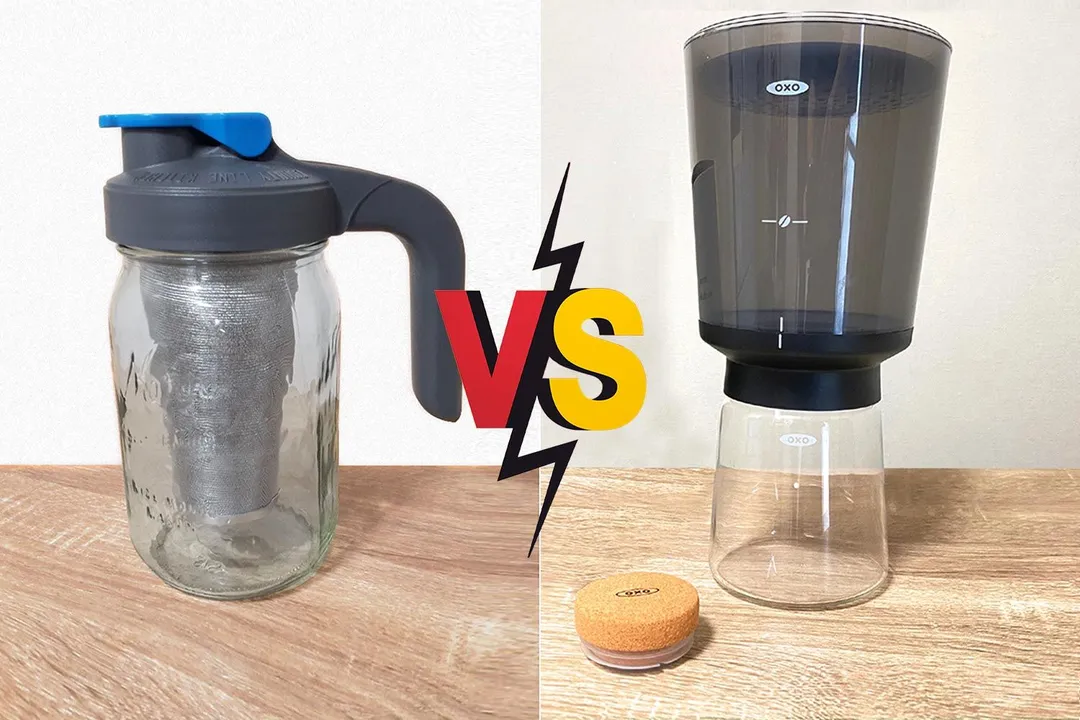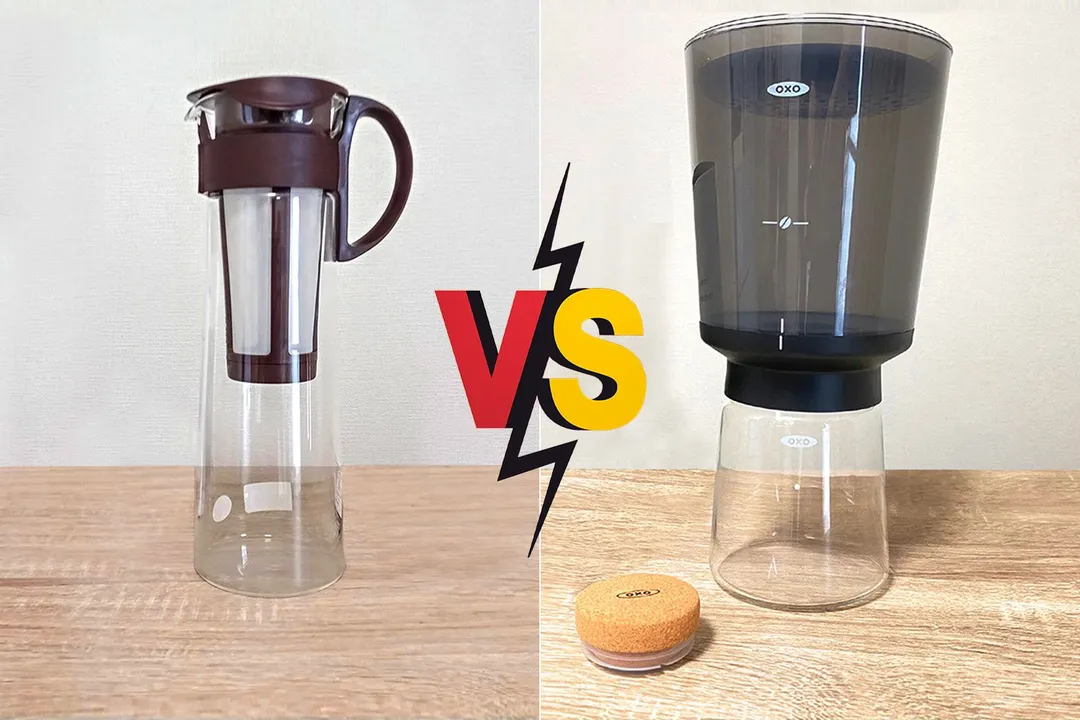Our recommendations are made independently through Research & Testing. We may receive commissions from purchases made via our links.
Hario Mizudashi vs County Line Kitchen Side-by-Side Comparison
Hario Mizudashi cold brew coffee maker vs County Line Kitchen. A design that fails to make the grade and a top-notch mason jar brewer.
Hario Mizudashi
Tested Using Methodology v1.0County Line Kitchen
Tested Using Methodology v1.0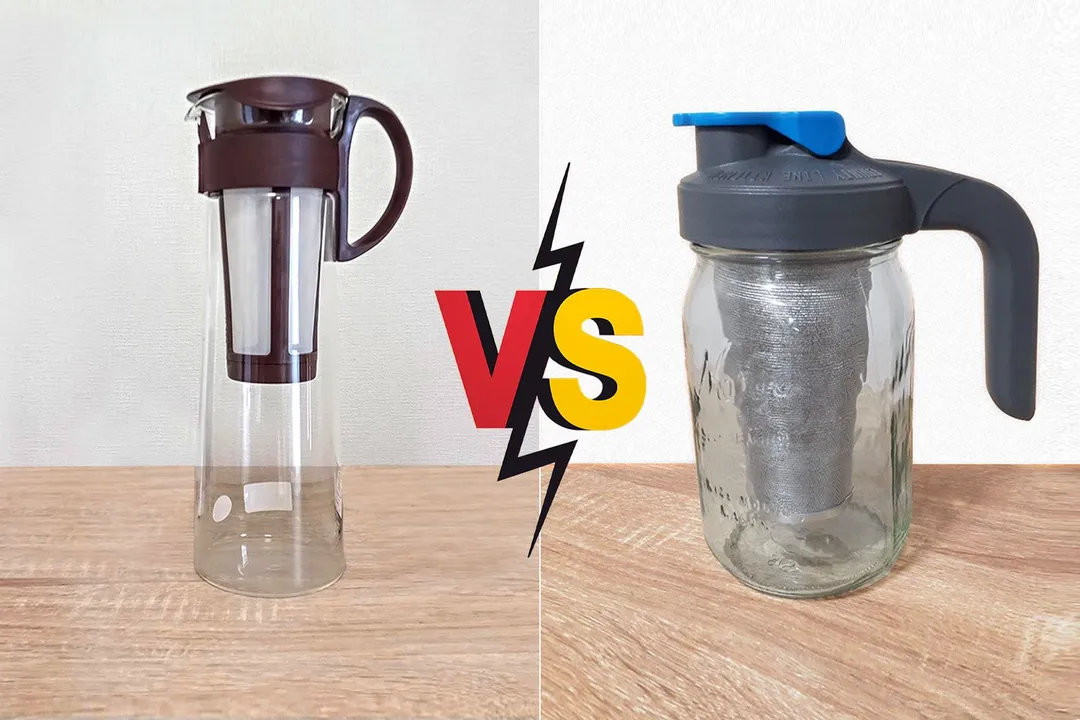
Overall Verdict
The Hario Mizudashi and County Line Kitchen cold coffee brewers are both a good fit for any refrigerator door. However, the Hario is not a brewer we recommend. Despite its attractive and slender appearance, it fails to produce a worthwhile cold brew coffee. The reasons being the filter is too short, the carafe not airtight, and the brew ratio unfavorable.
County Line Kitchen mason jar cold coffee makers are our best recommended small-sized brewers to fit in a refrigerator door or on a shelf. The brew quality is comparable to our top picks for an immersion filter brewer.
County Line Kitchen brewers come in small 1-quart and larger 2-quart sizes. The filter is made of a stainless steel mesh and the plastic screw-on lid has a flip cap for pouring. Once the filter is removed, you can even store the jar on its side. You also have the choice of a plastic lid with or without a handle, or a standard mason jar aluminum lid.
Pros & Cons
- Attractive brew decanter
- Easy-to-clean filter
- Color choice
- Hot or cold brewing
- Versatile product
- Minimal packaging
- Packed and shipped in the US
- Robust and durable
- Airtight silicone gasket
- Not airtight
- Odor contamination
- Poor brew quality
- Brew strength average
- Filter not so effective
Key Specs
Where to Buy
*You help support HealthyKitchen101's product testing and reviews by purchasing from our retail partners.
Analysis and Test Results
Brew Quality
Bouquet
Drinkability

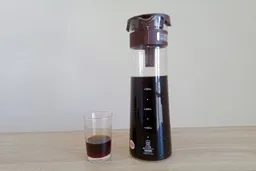
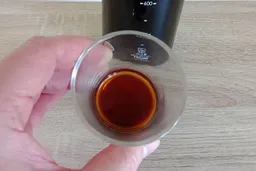
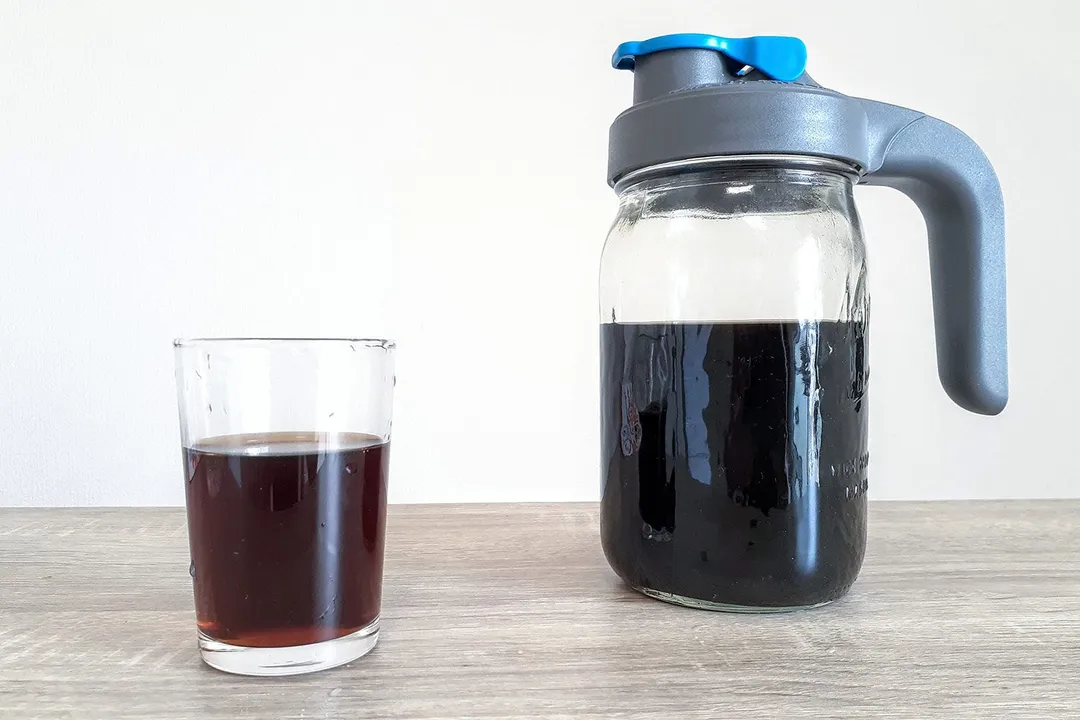
Sediment
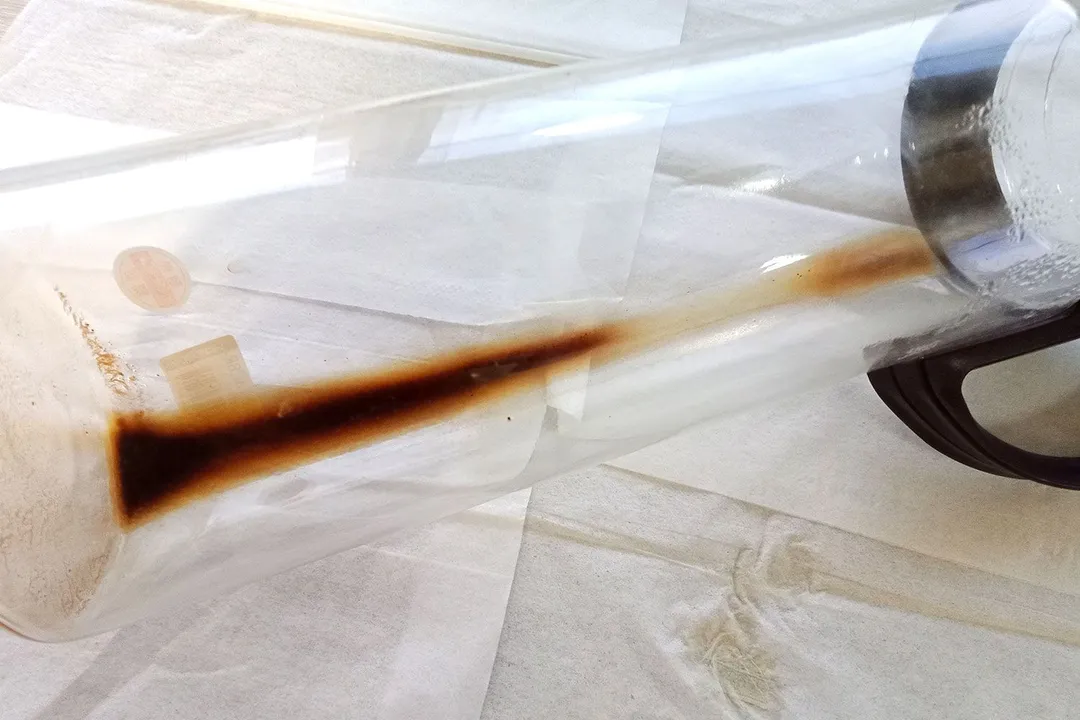
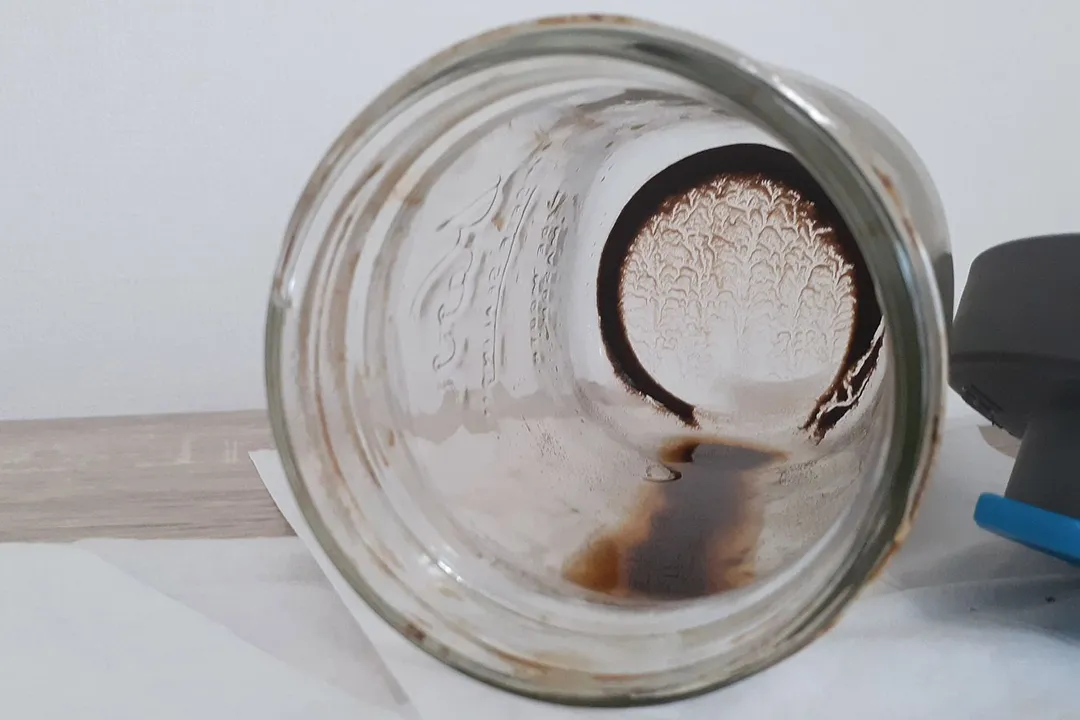
Design
In the Box
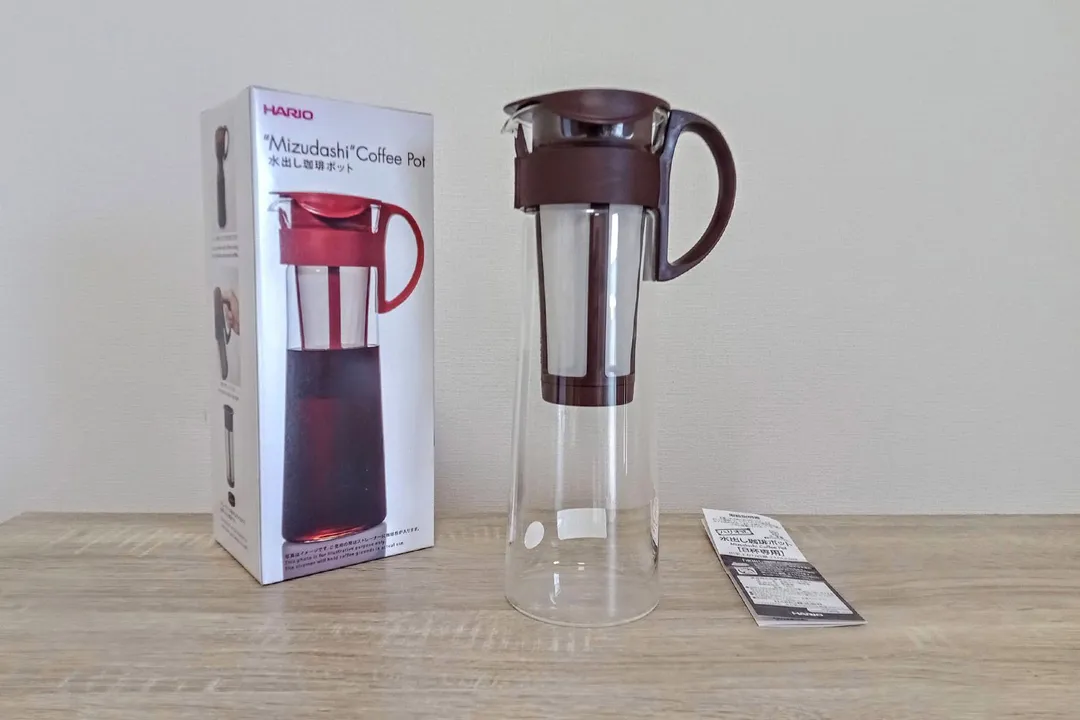

Decanter


Stopper / Lid
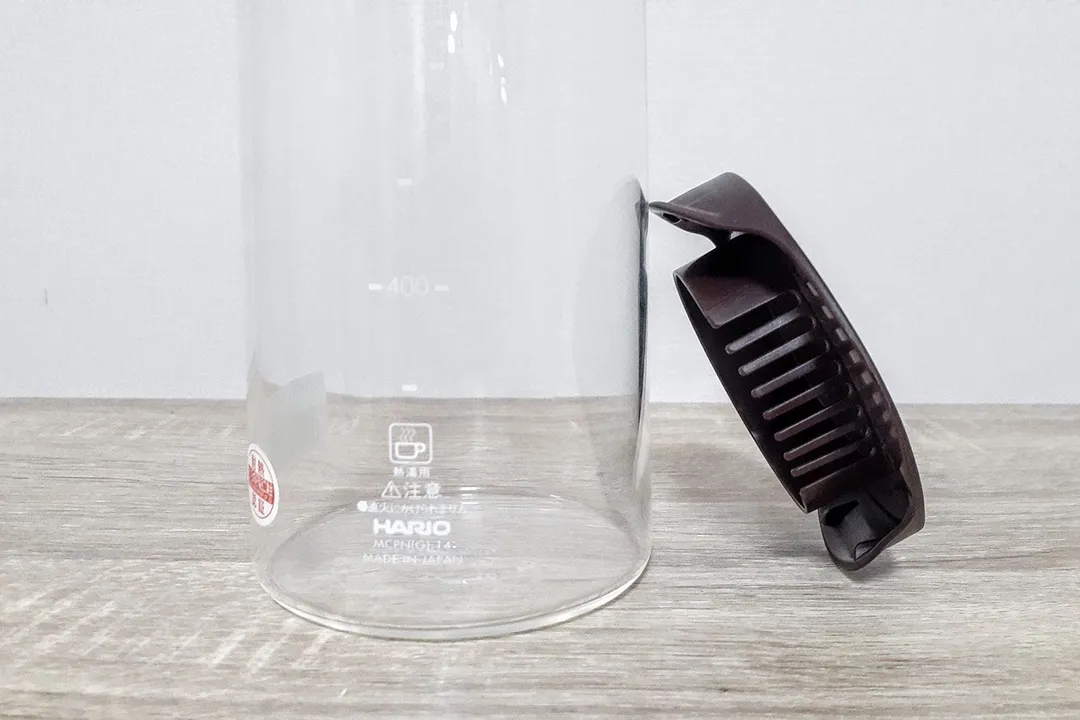
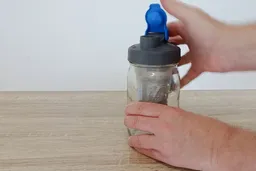
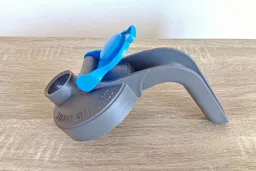

Filter
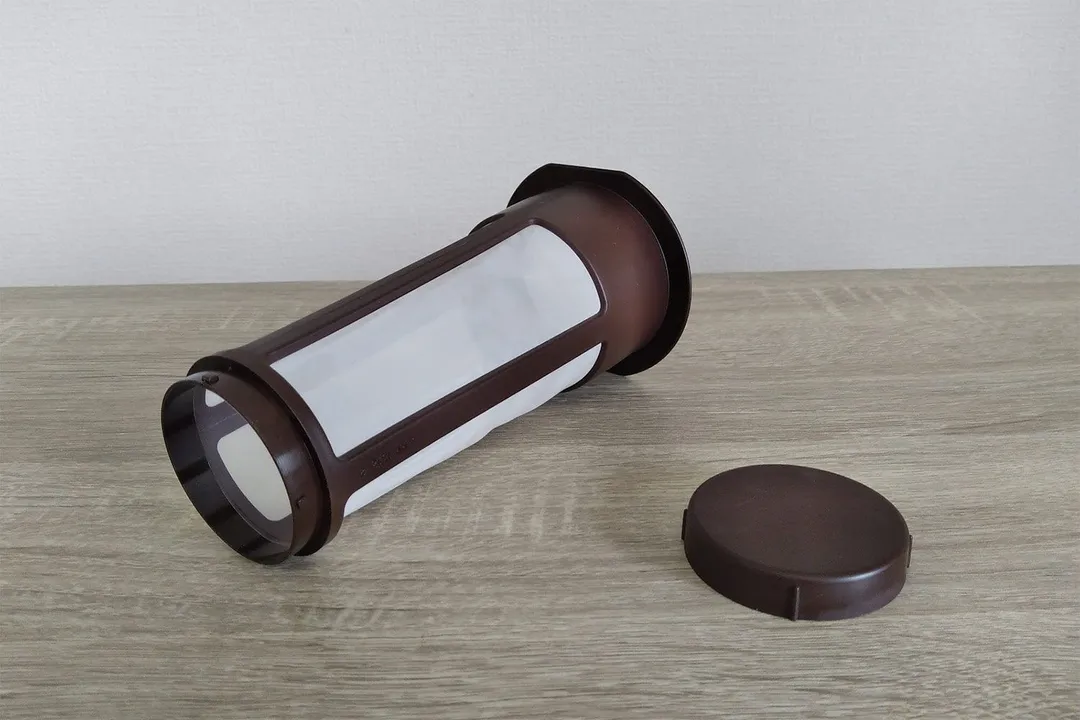
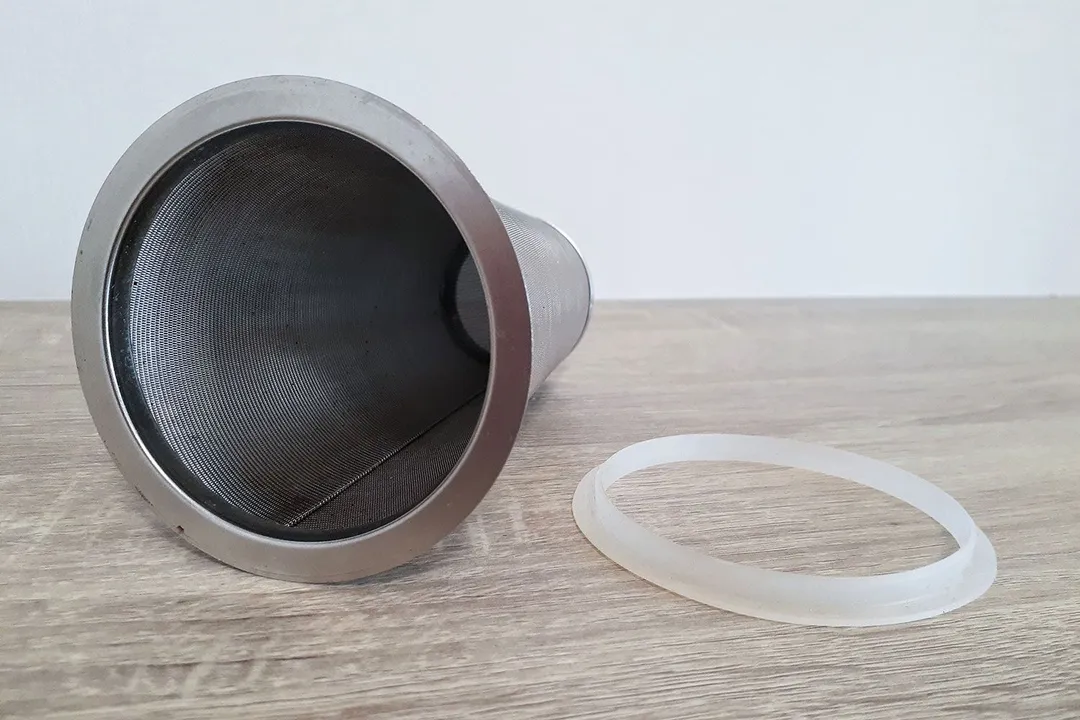
Build Quality
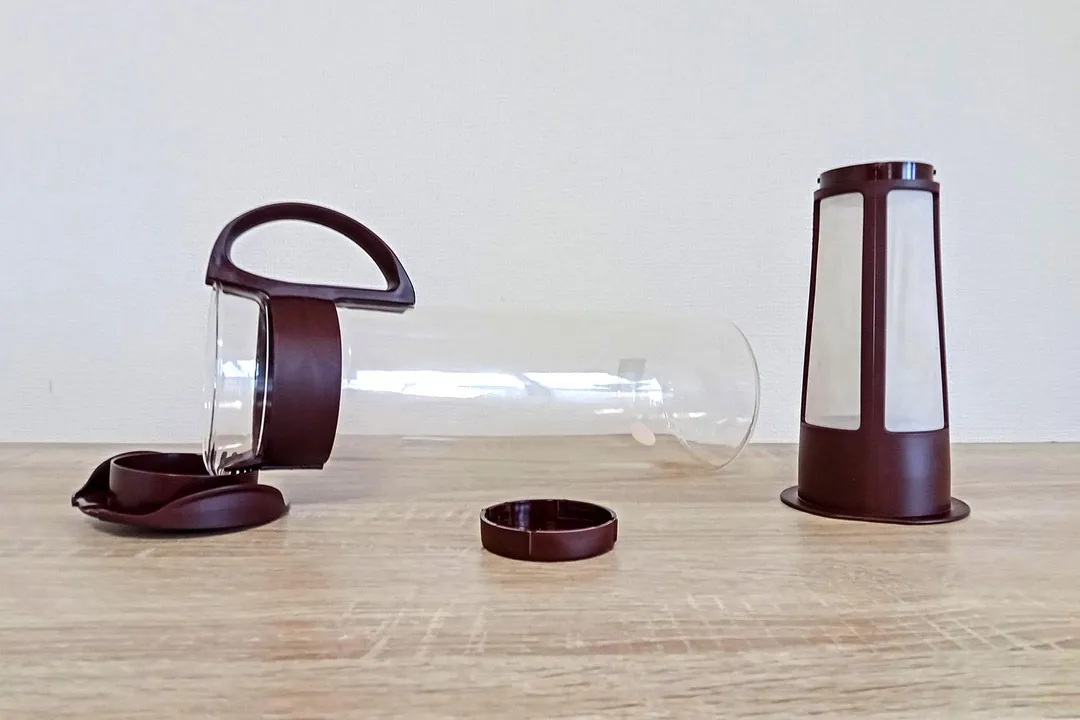
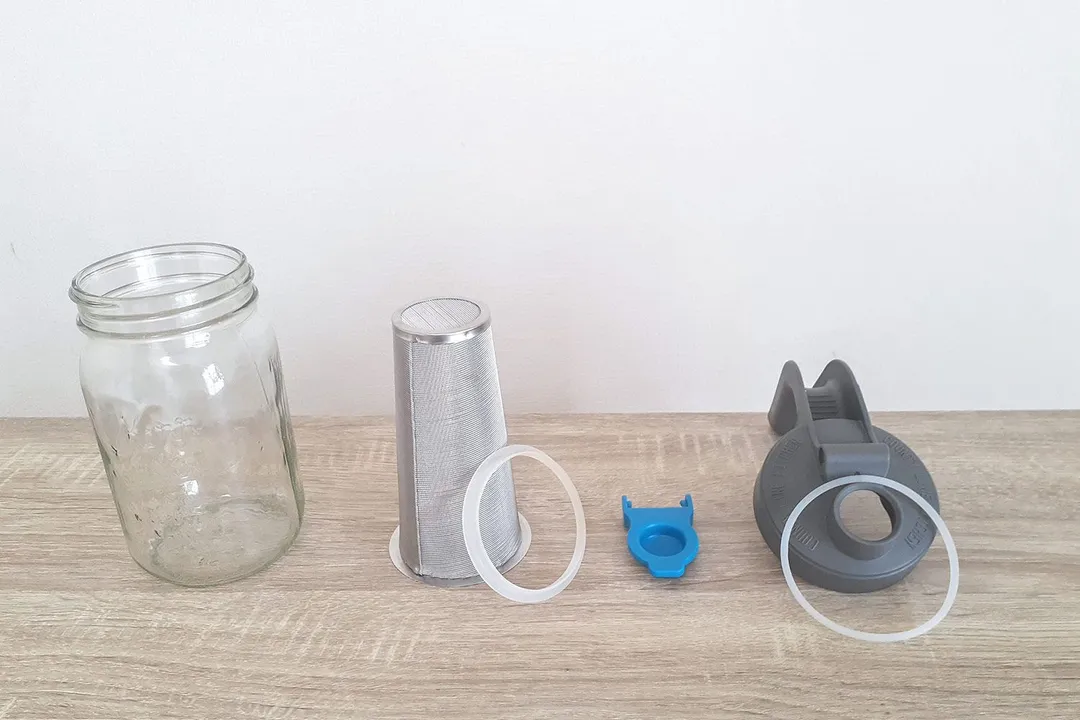
Usability
Brewing
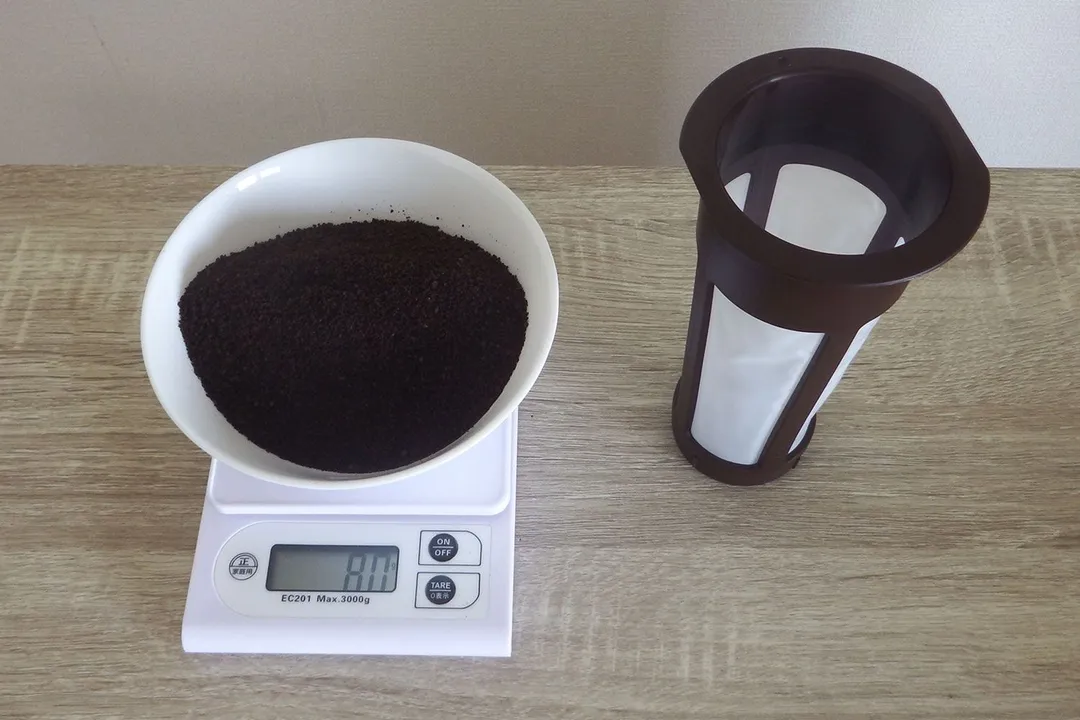

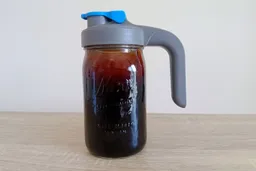
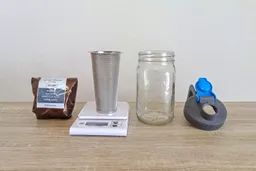
Decanting
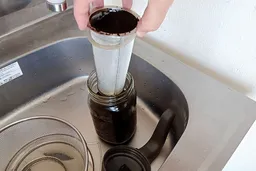
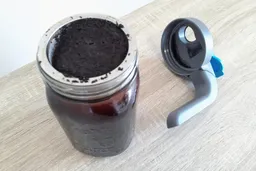
Cleaning and Storage
Behind the Comparison
Roger Shitaki is a writer, author, and editor. His niches are household appliances, health & wellness, and travel. He’s a freelance contributor to a Tokyo lifestyle website and a leading ophthalmology magazine in Asia.

